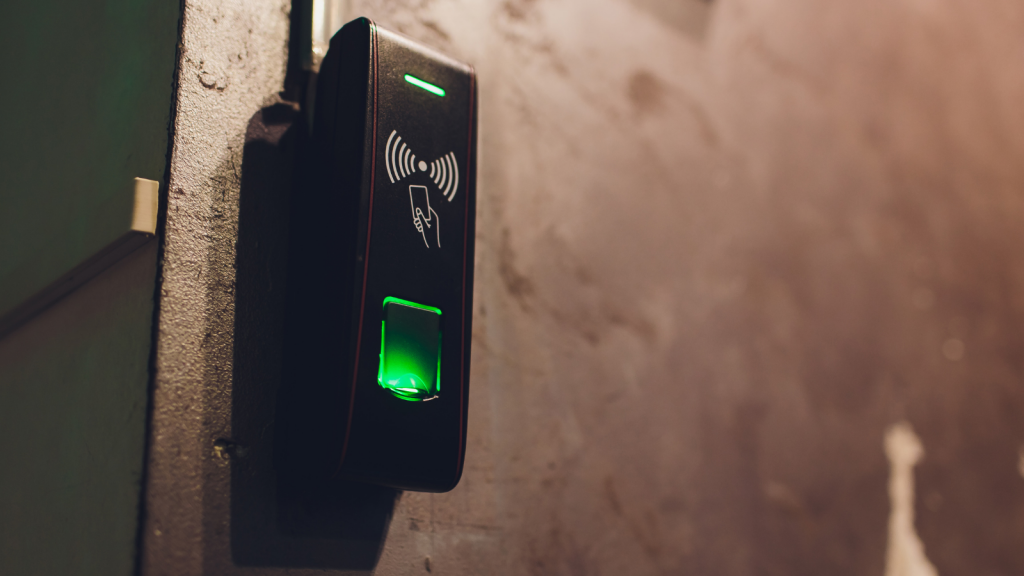The demand for smarter options for nearly each facet of our lives exhibits no indicators of easing up. From smartwatches to automated vacuum cleaners, extra units than ever want energy to perform. Which means extra units want charging cables, adaptors and plug sockets, says Mike McCamon, government director at NFC Discussion board.
Or do they?
Wi-fi energy expertise can present intuitive and seamless charging and even permit units to share cost because of power harvesting. Product managers, nonetheless, have a choice to make when contemplating which wi-fi energy resolution to undertake. Whereas there have been numerous fragmented efforts made to advance wi-fi charging, solely two mainstream trade requirements have emerged: the Wi-fi Energy Consortium’s Qi commonplace and NFC Discussion board Wi-fi Charging Specification.
Whereas each NFC and Qi supply wi-fi charging capabilities, they serve distinct functions and discover purposes in numerous use instances. On this weblog publish, we’ll delve into the options, capabilities, and purposes of NFC and Qi, offering product managers with a complete comparability of those wi-fi applied sciences.
- What charging expertise does the product want?

The first concern for product designers is ensuring the answer they use meets the facility wants of the machine. Their resolution should present the required quantity of energy and on the proper vary of cost wanted by the machine it’s applied in.
- NFC Wi-fi Charging at the moment affords induction charging as much as 1W over a distance of 2cm (with developments underway to advance each the watts and vary). This makes the usual notably well-suited for small private and wearable units comparable to wi-fi earbuds, smartwatches, digital styluses, headsets, and health trackers.
- Qi allows the supply of as much as 15W over a distance of 4cm. Which means it could actually present fast charging to many mid-sized units comparable to smartphones and tablets.
- How small is your product?
The dimensions of the transmitter and receiver to attach the 2 units wirelessly is vital because it may affect the design aesthetics. If the dimensions of the product is a key focus, product managers should be sure that their wi-fi charging part suits of their design.
- NFC is the smallest possibility at 14mm diameter. From skinny smartcards to smooth and trendy wearables, NFC permits product designers to include wi-fi performance unencumbered by cumbersome {hardware}.
- Qi is advisable at 30mm diameter. Moreover, as Qi transmitters and receivers are coil formed, designers should account for a design throughout the X, Y and Z axis not like NFC antenna which will be made flat.
- How is the consumer expertise?

To realize widespread adoption, any expertise should be each handy and trusted. That is very true for the wi-fi energy ecosystem; the comfort of charging a tool with out cables is misplaced if the connection is just not reliable and the machine is just not charged correctly. Each Qi and NFC requirements have confirmed to be reliable wi-fi energy options.
- NFC operates at 13.56 MHz (13,560 kHz). The excessive frequency signifies that the orientation of a tool relative to the one with which it’s interacting is much much less vital. This may present important enhancements to ergonomics and interplay pace.
- Qi operates at 0.1-0.2 MHz (100-200 kHz) with a low AC resistance which due to this fact permits it to switch energy very effectively and cost a tool at pace. Nevertheless, working at this decrease frequency means the coupling between the 2 interacting units should be actual and the position of every machine exact.
- Does NFC help extra use instances past wi-fi charging?
NFC expertise is exclusive in comparison with all different wi-fi charging efforts Qi included because it hasn’t been designed solely for charging. The NFC antenna has the potential for use for transferring knowledge, making funds, delivering wi-fi charging AND enabling energy harvesting.
If product designers select to unify all these functionalities into one NFC chip, they’ve the potential to simplify design, streamline growth and scale back prices whereas accelerating time-to-market. Moreover, product designer familiarity with NFC-based options and requirements imply that extending performance to supply this extra functionality is a seamless development.
- How will the usual that I select evolve?

In the course of the product design course of, figuring out which method to wi-fi charging is suitable on your use case is a vital step. It’s equally vital, nonetheless, to make sure that the usual you utilize is each trusted and open.
In contrast to different proprietary choices, each the NFC Wi-fi Charging Customary and Qi are open requirements that promote better interoperability between completely different applied sciences and platforms, making it simpler for units and programs to work collectively seamlessly, now and sooner or later. That is vital for designers and shoppers alike.
However open requirements do one thing extra. They assist create a extra collaborative and modern technological ecosystem. They promote better transparency, interoperability, and suppleness which finally results in the event of modern new options which might be extra accessible, environment friendly, and useful for everybody.
- Focused on studying extra?
Be part of the controversy and affect the evolution of the NFC Discussion board Wi-fi Energy Customary; become a member.
The creator is Mike McCamon, government director at NFC Discussion board.
Touch upon this text under or through Twitter: @IoTNow OR @jcIoTnow
Author: Shriya Raban
Date: 2023-09-21 04:00:11



